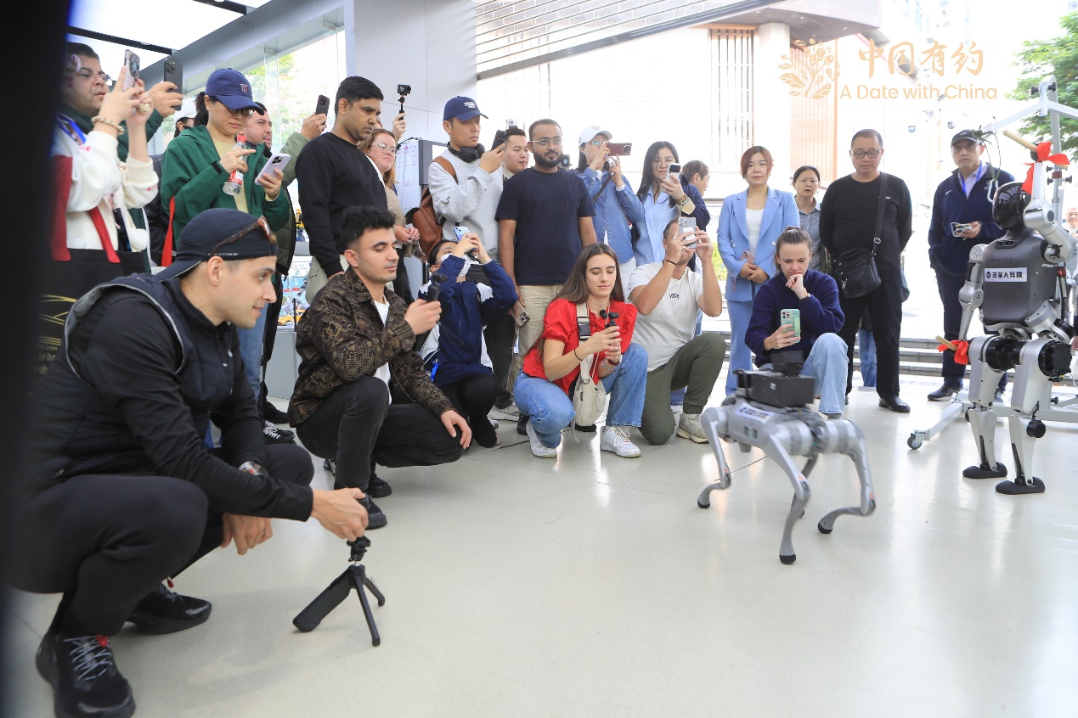Power line relocation fuels rail progress in Yangtze Delta

Workers from the State Grid Jiaxing Power Supply Company are working at full speed to relocate power lines and dismantle utility poles to make way for the construction of the Nantong–Suzhou–Jiaxing–Ningbo (Tong-Su-Jia-Yong) High-Speed Railway—one of the Yangtze River Delta's most significant transportation projects.
The teams are operating on tight schedules to ensure the timely progress of the railway at the construction site in Fenhu village, Taozhuang town, Jiashan county, Jiaxing city of Zhejiang province.
This railway is a key part of China's "Eight Vertical and Eight Horizontal" high-speed rail network, specifically within the coastal corridor. Spanning about 310 kilometers, the line will connect the cities of Nantong, Suzhou, Jiaxing, and Ningbo, and is scheduled to open by 2027. As a north-south artery through the heart of the Yangtze River Delta, the project will fill critical gaps in the regional transport network and act as a new engine for integrated development across the region.
Since the project's launch, the State Grid Jiaxing Power Supply Company has proactively engaged with local governments and construction teams, establishing a coordination mechanism and forming a dedicated task force. The team is responsible for upgrading 22 power lines and about 20 kilometers of electrical infrastructure in the Jiashan section. The work includes 101 network relocation tasks and the installation of more than 18 kilometers of new cable.
The company has adopted an innovative "factory-prefabricated modular technology" in which cable joints, fittings, and other components are preassembled in workshops into complete modules. These are then transported to the construction site for direct installation. This approach has streamlined the number of on-site operational steps from 10 to three, shortened construction time by 70 percent, reduced error rates by 75 percent, and lowered component failure rates from 86 percent to 13 percent.
In addition, the company uses drones and infrared thermal imaging to conduct real-time inspections of on-site equipment, ensuring timely identification and resolution of potential hazards. By reverse-engineering timelines and optimizing construction plans, the team has concentrated manpower on key phases and coordinated cross-construction through regular project progress meetings. The entire relocation effort is expected to be completed by the end of May.





































